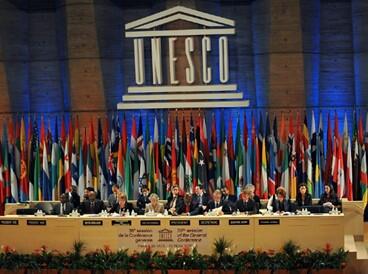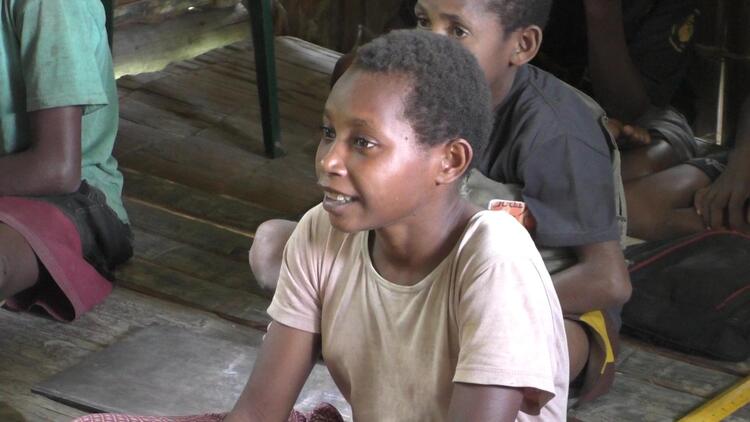Importance of a good infrastructure for a language-wide school system
Arjen Lock argues in a UNESCO report, that the lack of infrastructure, rather than lack of money, is the major threat for the well-being of an NGO run literacy or education program. Right from the start in 1982, the Abau community expressed a strong desire for education in general but also specifically for early vernacular education. To make this dream reality, an efficient infrastructure needed to be setup that gives answers to questions like: who selects, trains and maintains the teachers? Who designs and print needed schoolbooks? How do the right schoolbooks get distributed and cared for in the vast Abau area?
Lock, Arjen. 2008. “Building a Responsive Life-Embracing Infrastructure for Multilingual Education – the Abau Program of Papua New Guinea” http://www.seameo.org/_ld2008/doucments/Presentation_document/ArjenLockBuildingResponsiveLifeEmbracing.pdf.

Strength factors in Abau Literacy Program
According to Arjen and Maija Lock the strength of the Abau Program is the high community interest plus the fact that adequate answers have been formulated to all the questions listed above. Over the years a healthy and realistic infrastructure of the Abau School program developed. The Abau Training Centre and its local Literacy Team play crucial roles in the maintenance of the infrastructure.
Finance principles for working with volunteer teachers in Abau schools
Arjen Lock states in the same UNESCO report that an infrastructure with regulations and procedures is still needed even when you have highly motivated volunteers. Small monetary rewards for volunteer labour as a recognition for their efforts should not be taboo. Also, in the context of volunteer labour there should be transparent clarity on finances. Good bookkeeping procedures need to be in place for program expenses related to the training of teachers, or purchase of schoolbooks and supplies. Certain ground rules on how to use common school supplies or how to organize yearly testing of children need to be in place to ensure ongoing quality in education.

The work of volunteers need to be recognised
Rationale on the extent of external funding and internal motivation
When one uses outside funding one always needs to regard the question whether an unhealthy dependence on outside funds hinders the growth of a local literacy/education program. In my opinion, though, the biggest enemy of sustained literacy is not the use of outside funding, but lack of community interest, that is, the lack of conviction that vernacular literacy is worth having or worth fighting for. Local motivation should not be measured exclusively by the question where the needed finances came from. In economically depressed areas there are other ways how one can ask the local people to show commitment towards an MLE program.
Measurement of Community Involvement
For example, teachers need to give their time to be trained and to teach. The village community needs to construct a local school building and maintain it. They need to select teachers they entrust with the task of teaching and these teachers need to be willing to receive training.
Parents need to be willing to pay the yearly school fees for their children that are used to give the teacher an allowance. It is not called a salary, but a symbolic payment that expresses appreciation.
Parents faithfully pay school fees


